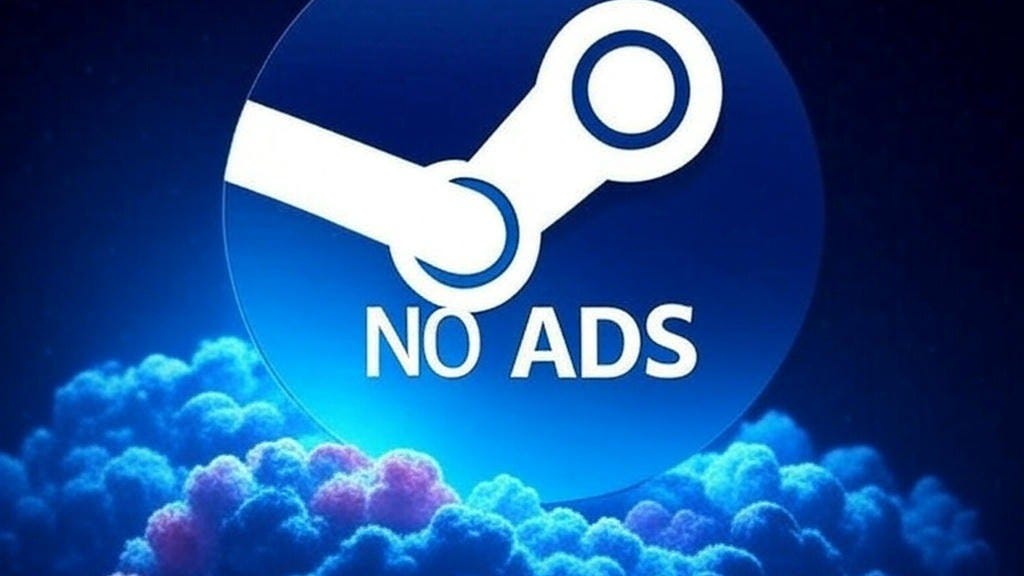Steam’s Ban on Opt-In Ads: A Missed Opportunity—and a Potential Antitrust Flashpoint
Dave Madden
Video Games/Media Entrepreneur, Investor and Advisor
May 19, 2025
“If your game’s business model relies on advertising on other platforms, you will need to remove those elements before shipping on Steam.” — Valve Feb. ‘25
Valve corporation's newly enforced policy banning in-game ads—including opt-in rewarded video ads—might look like a move to “protect player experience,” but it’s actually a major step backward for the industry. It restricts developer freedom, dismisses player preferences, and highlights the kind of platform overreach now under scrutiny in Wolfire v. Valve.
At PlayerWON® , we’ve helped PC game developers (including on Steam) deliver rewarded ad experiences that players opt into—exchanging their time for in-game content like skins, currency, or boosts. It’s not just effective—it’s welcome. In fact, a recent PlayerWON survey showed 76% of Steam players support this model and meanwhile developers see a marked increase in engagement and retention of players who appreciate the deeper access to content for free.
Why it works:
✅ Players unlock content without paying
✅ Developers earn revenue without skewing balance
✅ Games can avoid aggressive micro transaction reliance
✅ Everyone wins
Steam’s stance is even more glaring when you consider the broader landscape. Rewarded video ads are standard on iOS, Android, and becoming the norm on Console Games, Cloud Gaming, Roblox, and other PC platforms. What makes such big screen/PC ads unique? They’re treated like premium CTV media by brand advertisers, meaning no need to click out or leave the game.
Yet despite this, Steam is forcing developers to strip out monetization that works. We at PlayerWON have had to turn off this feature and benefit for players in numerous games at Steam's request since the policy update.
It’s a move that appears to align with the ongoing litigation Wolfire v. Valve: using platform dominance to suppress alternative business models, as pointed out by Joost van Dreunen in his Substack "Steam’s Monopoly Moment Has Arrived": “When one company controls discoverability, pricing, and monetization terms for a majority of the PC gaming market, it stops being a neutral conduit and starts looking a lot like a toll booth.”
Meanwhile, the future is moving in the opposite direction.
At Unreal Engine Fest this past February, Tim Sweeney introduced the vision for its Unreal Engine 6: a single codebase that allows developers to ship once, with the same monetization, across all platforms—from mobile to console to PC to cloud. Also recently, Roblox, a platform with 100 million players a day, announced the roll out of its own rewarded ad product for brands.
In a world where Unreal enables true cross-platform parity, Steam is the only major platform asking developers to neuter their business model. At best, that’s developer-unfriendly. At worst, it’s anti-competitive.
As Joost van Dreunen also notes, “Valve generates $9.5 million in revenue per employee—more than any other major game company.”
That kind of leverage comes with responsibility—and right now, the company is using it to limit innovation, not expand it.
There’s a better way forward. Steam can set clear, transparent guardrails for opt-in ads—without shutting them down entirely. Developers shouldn’t be punished for giving players more choice.
🧩 It’s time to ask: Should Steam evolve with the industry—or continue walling off its garden at everyone else’s expense?






This feels like a textbook case of “protecting the user” as an excuse for protecting the gatekeeper. If 76% of players support opt-in ads and developers are seeing better retention, how is this a worse experience? Steam isn’t just saying no to ads,it’s saying no to player choice and developer flexibility. That might keep their storefront clean, but it’s also starting to look a lot like control for control’s sake.